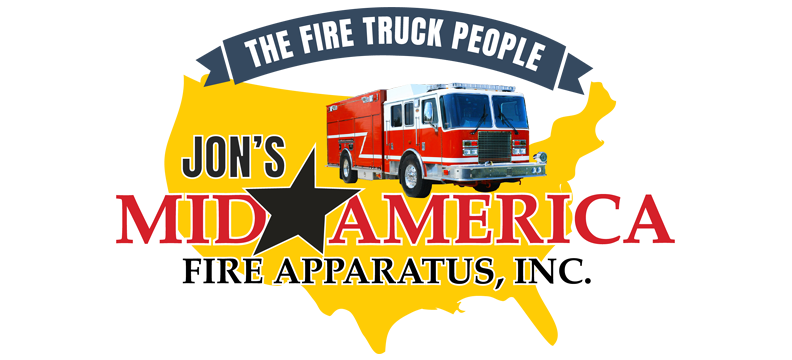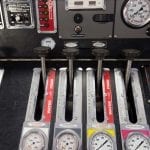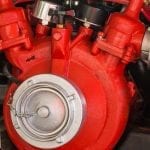Every trained firefighter knows that different fires have different needs. Whether it’s a rural or urban environment, a small or massive structure, each situation varies in how you’ll work to extinguish a fire.
When it comes to fire fighting foam, it’s the same story. Different classes of foams work with different classes of fires, and using the right foam is important. The wrong choice could cause a fire to take even longer to put out, or worse, not extinguish it at all.
Your department may already be using Class A foams, but how can Class B foams add to your fire safety equipment capabilities? Read on to find out.
What separates Class A foam from Class B foam?
Simply put, Class A foams should be used for Class A fires while Class B foams should be used for Class B fires. While Class A fires are started by ordinary combustants like wood, Class B fires are started by flammable, combustible liquids like oil and gas. Departments that respond to industrial calls will likely see Class B fires more often than others. Class B foam is similar to Class A foam in that both are mixed from concentrate, but Class B foam is mixed at a higher rate of 1%-6% volume by water.
Fighting Class B fires is more dangerous, and so is using Class B foam. Though a necessary tool, there are some factors to consider:
- Class B foam isn’t biodegradable like Class A foam. In fact, Class B foam contains perfluorochemicals (PFCs) that have the potential to harm the environment. This can be diminished by the use of compressed air foam systems and not overspraying.
- Due to its corrosive nature, Class B foam has to be flushed out of your operating systems after every use to prevent damage to your apparatus.
- Class B foam is more expensive, leading some departments to avoid using it entirely.
Why should I use Class B foam?
If your department doesn’t really see Class B fires, it’s easy to think it’s something you shouldn’t have to consider. However, there are some important reasons why you should prepare yourself regardless:
- You need to be ready for anything. We can’t see into the future and expect every kind of fire you’ll see. If a tanker truck overturns in your small town and causes an oil fire, you may have a real disaster on your hands that could necessitate the use of Class B foam. You don’t want to get caught unable to fight a fire.
- Your department should be trained. Once you have Class B foam on hand, are your firefighters trained on how to use it? Not knowing your next steps is a dangerous move to make. Be sure that you have enough foam on hand that you can regularly train your department to fight these fires.
- Using the wrong foam can be dangerous. Using Class A foam on Class B fires will cause it to come up burning, and water only spreads the fuel. To stop the fire, you’ll need something that is intended only for use on Class B fires.
Is your department wanting to expand your foam usage, or do you have questions about how you can better use Class B foam?
Contact the experts at Jon’s Mid America. Our team can help your department operate more safely and efficiently than ever.



